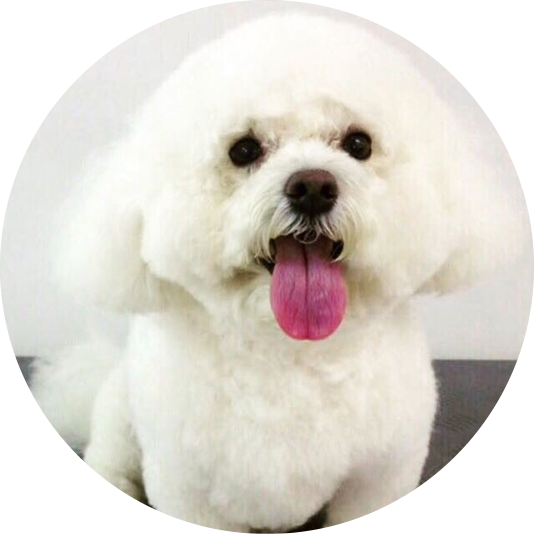Playtime and learning with a puppy
Puppy
In physical and mental development of a puppy, playtime plays a crucial part. During playtime, puppies can develop their motor skills as well as learn their social skills. It’s a stunning way to get to know your puppy better, build a bond with him and even teach basic behaviour. Every day spend a little time to play with your puppy and teach him some basic things. Patience and consistency are key in training with your puppy. Don’t forget to always praise and reward a puppy for correctly reacting to training or any situations he may encounter. It’s best to begin teaching your puppy the very first day at his new home.
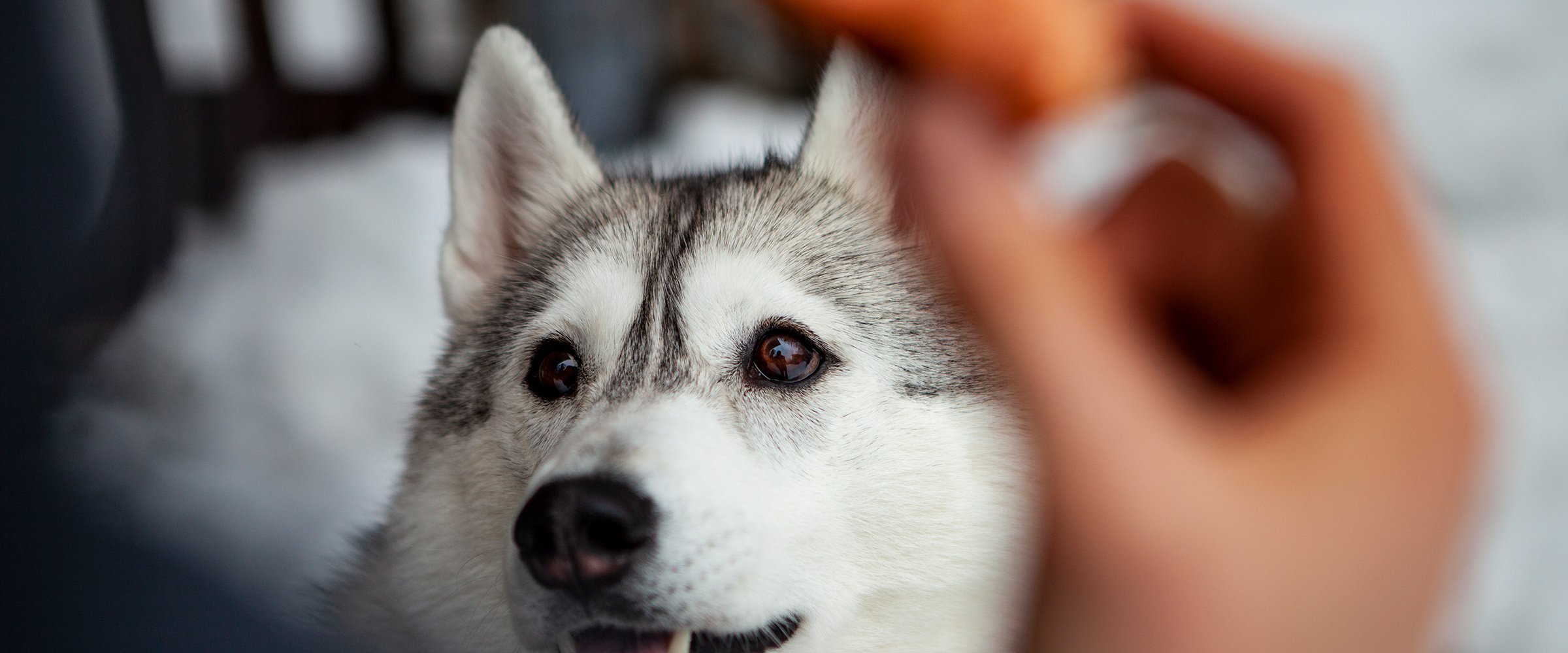
Basic commands
Your puppy has to know boundaries - what is allowed and what’s not. To do this you need to teach your dog commands that will make communication easier. Training is also a great opportunity to strengthen the bond between you and your dog. Remember that puppies have a lot of energy and usually cannot focus on one thing for long periods of time. Training sessions with puppies should be short, preferably few minutes long and you can squeeze them in few times a day. It is advised to begin teaching your puppy basic commands sometime between their 3rd and 5th month.
Essential training
Take a moment to study with your pet each day. Patience and consistency are the cornerstones of puppy training. Do not forget to always praise and reward your pet for the correct execution of the command or the desired behavior. Puppy Treats are an important learning motivator. It's best to start training your pet on the day you take him home. How to teach a dog to make the process quick and enjoyable?
Summon the puppy
Begin training with your puppy by learning to respond to your name. Call your pet by name and reward him with a treat or caress each time he reacts and approaches you. Once your puppy has mastered his name response, you can move on to learning the most important command he has to learn, which is recall. This could be a "To me!" Command. Summoning is an essential element of your pet's safety. It will help your dog avoid the dangers and could save his life when the dog is out for a walk without a leash. Associate the summon with something pleasant - the dog will learn it much faster when he associates the command with a treat that he will receive when he comes to you.
Environmental training
The socialization of puppies is a very important part of their development as it avoids the situation in which the adult dog is aggressive or fearful. The 3rd month of a puppy's life is the perfect time to start socializing a young dog. In this process, the dog needs to become acquainted with other people, places and animals. A great way to socialize your puppy is to take him with you wherever possible. Thanks to this, the dog will quickly develop its senses, get to know a whole range of stimuli and learn appropriate relationships with people, animals and the environment.
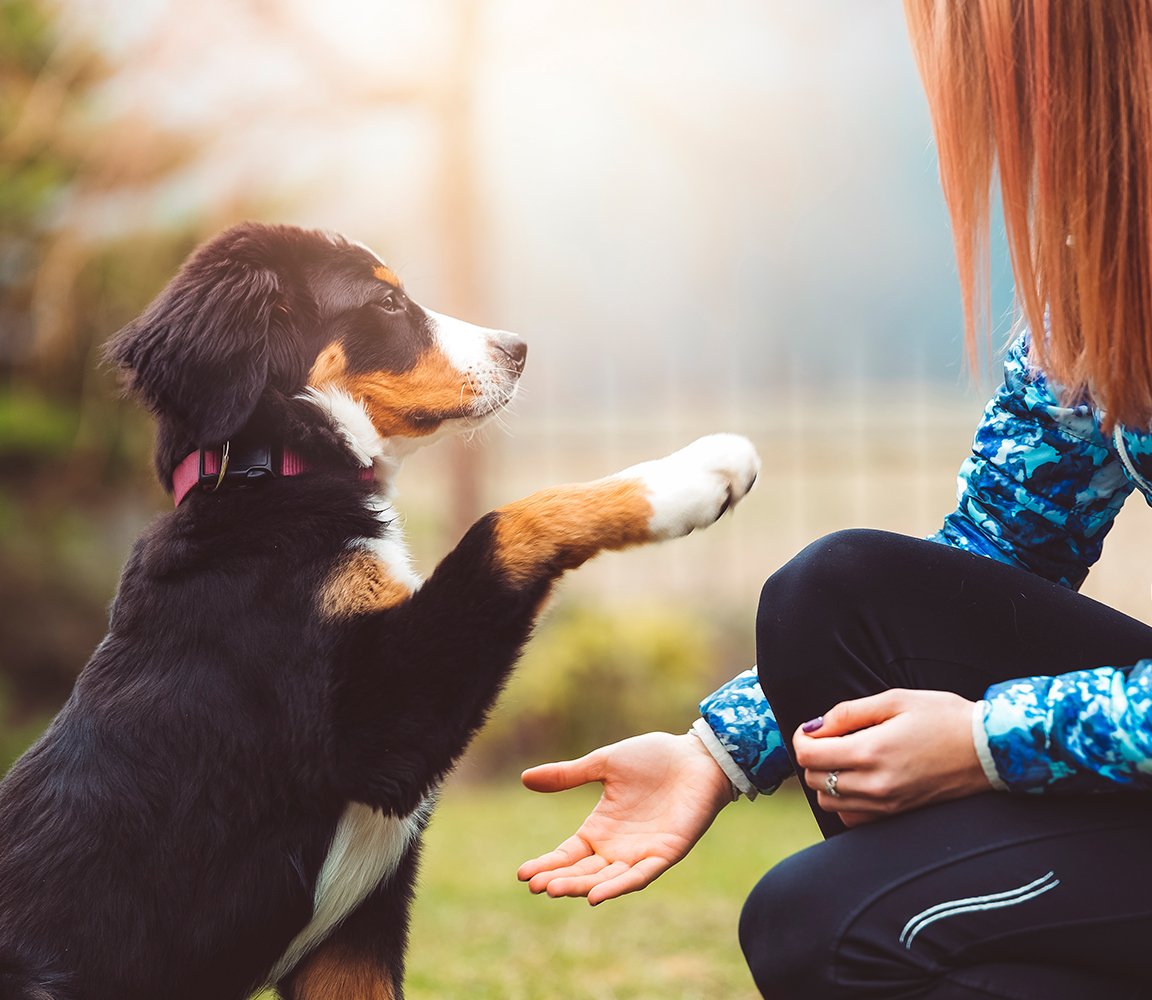
"No!" or "Fe!"
Teach the dog what he must not do with the command "No!" or "Fe!". This command will teach him to stop doing something that is not desirable or may be harmful to him or to you. It is also very effective to distract your dog to prevent misbehavior. Remember to always reward your dog if he responds appropriately to a command.
"Sit down!"
One of the most basic and useful commands you can teach your pet is "Sit!". How to teach a dog to sit down? Place a treat in your hand and draw the dog's attention to it. Slowly raise your hand with a treat above the dog's head, forcing him to look up. Lifting the head up will shift the weight of the body to the hind legs and the dog should sit up. Reward him with a treat and caresses if he does. However, don't get upset if your dog doesn't sit down right away. Repeat this exercise several times, and as soon as your puppy starts to sit up, add the command "Sit!" To the exercise, before raising your hand above his head.
"Lie!"
When your pet has mastered the "Sit" command, you can proceed to learning the "Lie down" command. How to teach a dog to lie down? For learning, you will need a treat with which you will encourage your dog to follow the instructions. You can start by telling your dog to "Sit". In the sitting position, show the dog the treat hidden in your hand and start bringing it closer to the ground, at the same time giving the dog the command "Lie down!". If your pet lies down on the ground, praise him for the command and offer him a delicious treat as a reward.
"Stay!"
Once your pet has mastered the commands "No!" or "Fe!" and "Sit down!" you can proceed to learn the command "Stay!". Command your dog to "Sit!" and instead of rewarding him, show him an open hand and add the command "Stay!" to this gesture. If the puppy stays in place, give him a reward and praise him. When it starts to rise, command "No!" or "Fe!" and don't reward him if he does.
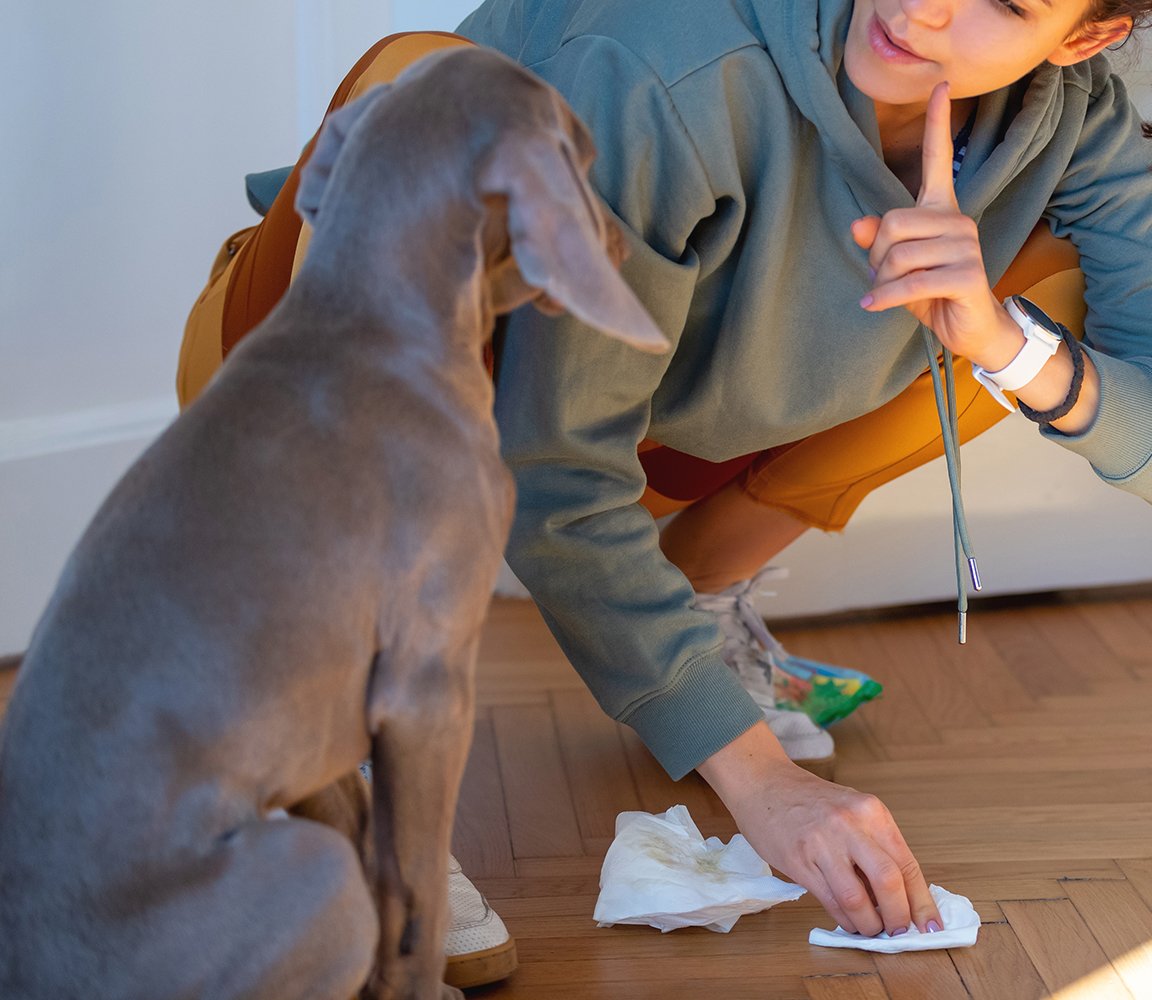
Extending commands
When you notice your dog stays still, begin to gradually increase the time he stays seated. Try to take a step back and come back to the same place, still with your hand open. If the dog is still sitting nicely, be sure to give him a reward. Over time, start walking further away from your pet and in different directions. At this stage, your dog needs to understand that your movement does not mean that he can also move. If the dog is still sitting well, reward his behavior with a treat.
In the last step of the exercise, you must teach your puppy that even if you walk more than a few steps away from him, he should still stay where he is. If it succeeds and the dog sits quietly awaiting the prize, praise him and give him a treat.
Idol | Semi-moist & nutritious snacks for dogs
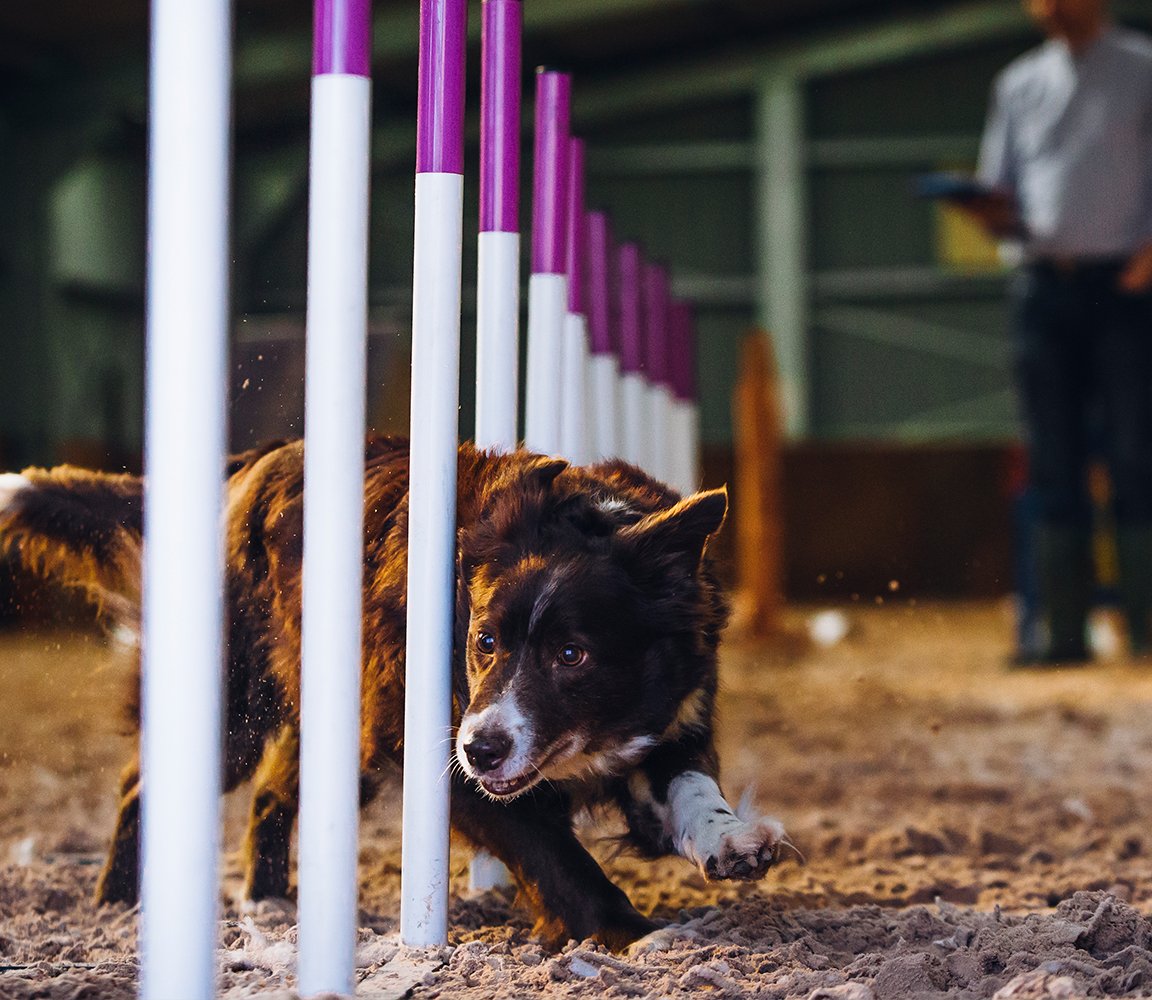
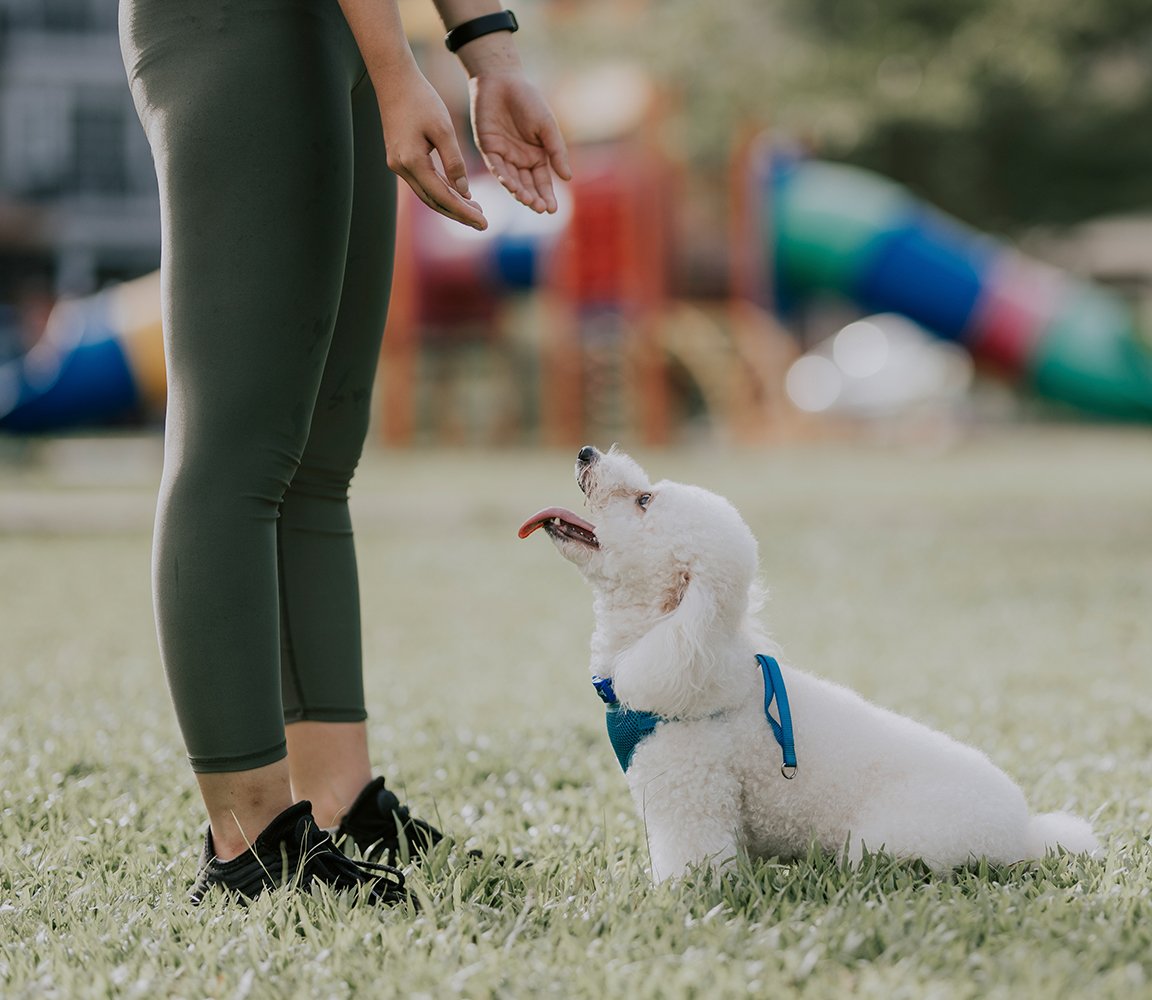
Handling training
Between the 3rd and 12th month of your puppy’s life, you should spend some time handling training. You can start by simply talking to your puppy, which will result in your puppy getting accustomed to your presence. After a while, your pup will begin to seek your attention on his own, which is exactly what you want. It’s extremely important that your puppy fully trusts you and feels comfortable around you. Get your puppy accustomed to feeling safe when you hold him, which will come in handy in many situations in your puppy’s life. Any vet check, nail trim or ear checks will go much smoother if you can help your dog to stay calm.
Keeping the house clean
One of the things your pet should master is keeping the house clean. Puppies do not yet have full control of their physiological needs. Usually, puppies have to take care of a physiological need after waking up, eating or playing intensively. By observing your pet, you will learn to recognize the signals it gives you. Puppies will whine and wander around looking for a suitable place to take care of their physiological needs. As soon as you notice this behavior, move your pet to a designated place as soon as possible. If the pet settles down in the place you want, reward it with a treat right away. Whenever you notice signs that your pet needs to take care of it again, take it to the same place. This makes it easier for your puppy to understand where he can take care of his needs.
Once you have mastered this stage, it is time to train yourself in dealing with your needs outside. Initially, you will have to take your dog outside often, but over time you will manage to plan your walks at a specific time and your puppy will learn to get things done at certain times. Remember to always reward your pet when he takes care of his need outside. However, if he fails or he decomposes himself at home, don't scold him, but clean and disinfect the place thoroughly. When the time comes, take your pet on another planned walk. Puppies usually learn to keep their home clean between 4 and 6 months of age.
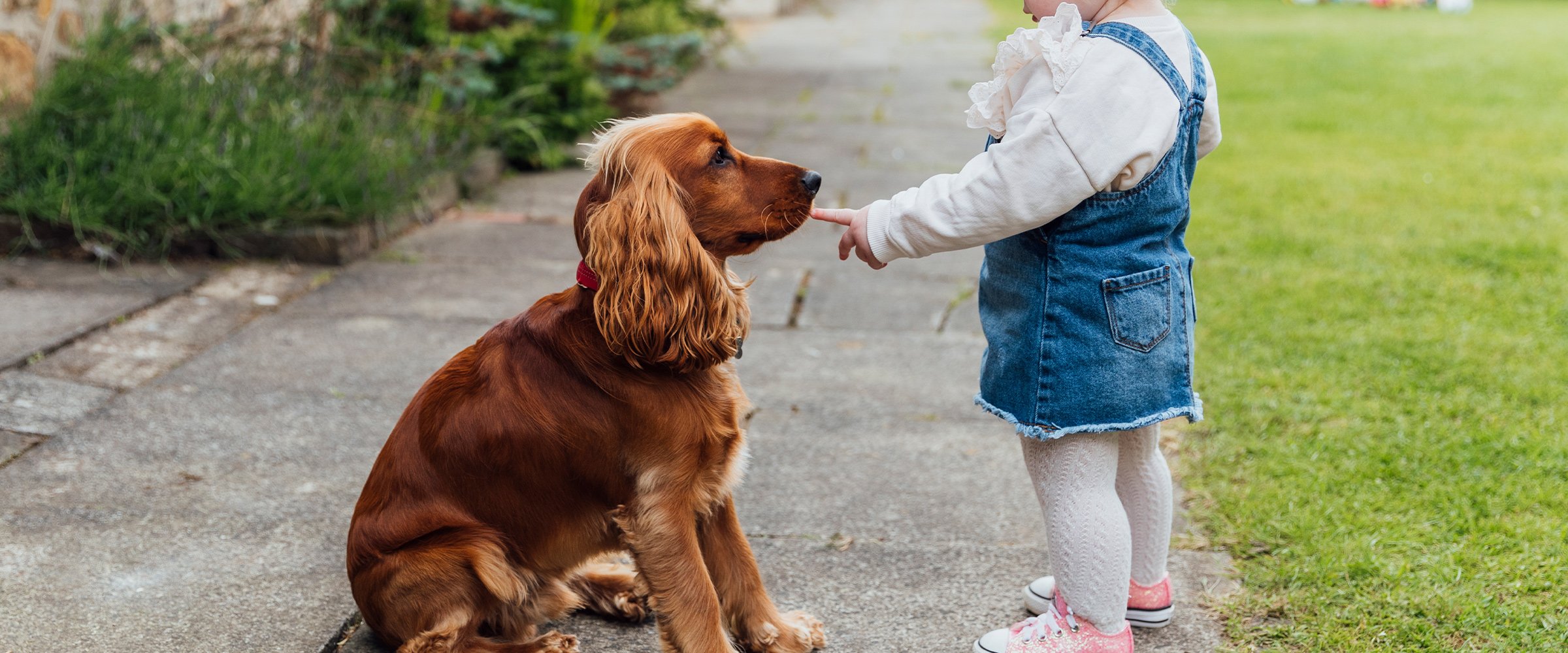
Leash training
From the very beginning teach your dog to wear a collar and a leash. First leash training can be done at home, where your puppy will find it much easier to focus. On a walk, there can be a lot of distractions your puppy will want to sniff, touch or explore. Be patient and get ready for many breaks when your dog goes to check something interesting. Take a few snacks with you - treats can be used to distract your puppy or reward good behaviour. Remember that even if your dogs spend a lot of time in your garden or back yard, you cannot skip your daily walks. Every dog, no matter big or small, needs three walks a day.
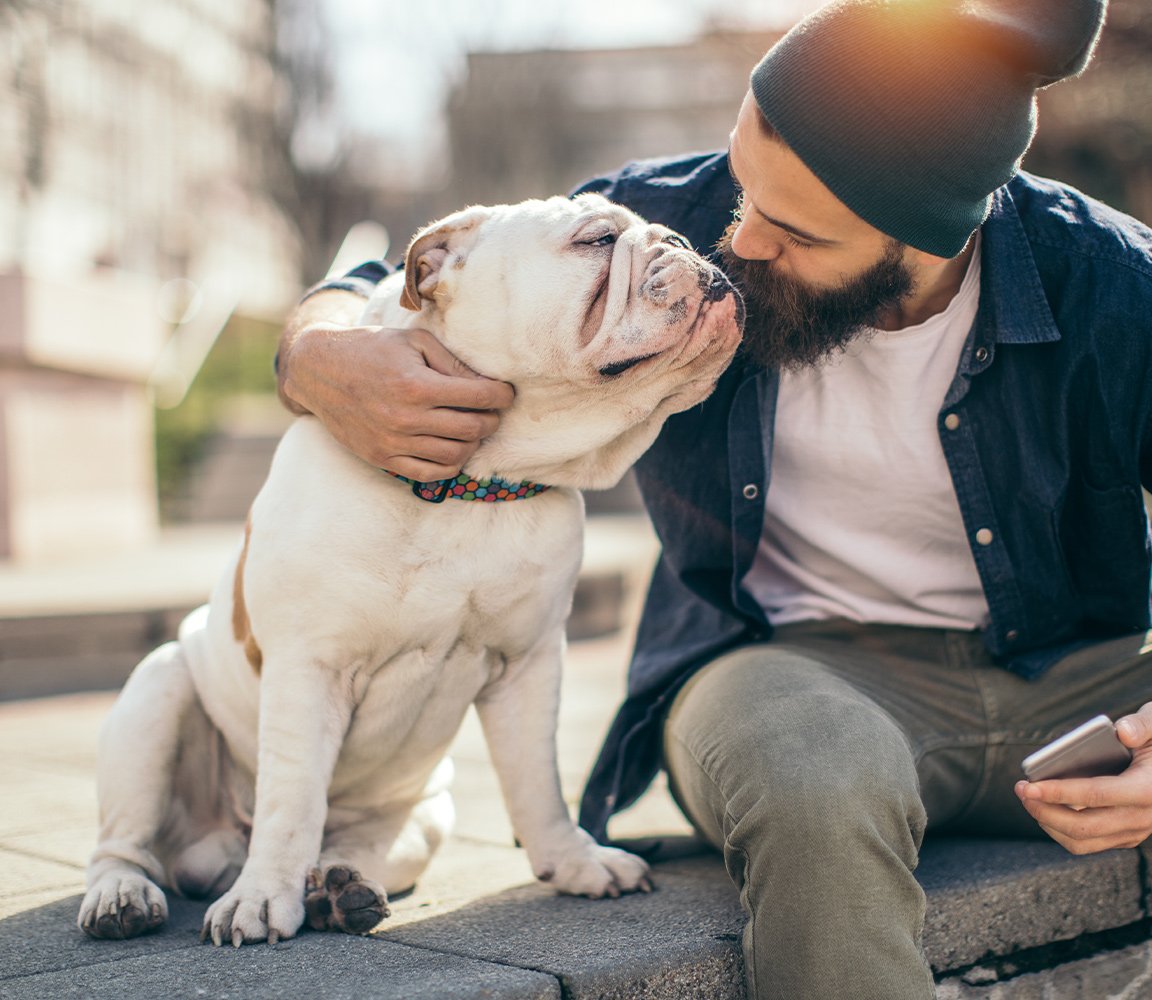













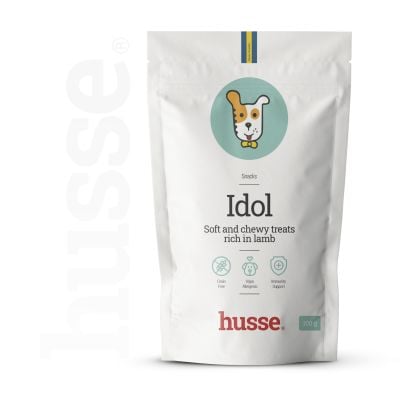


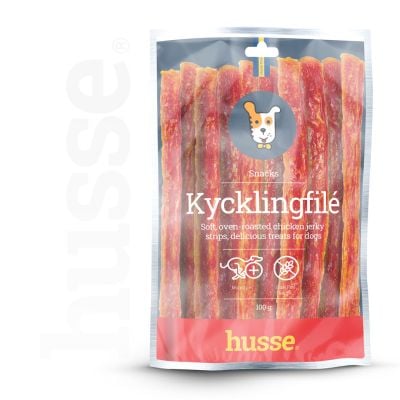
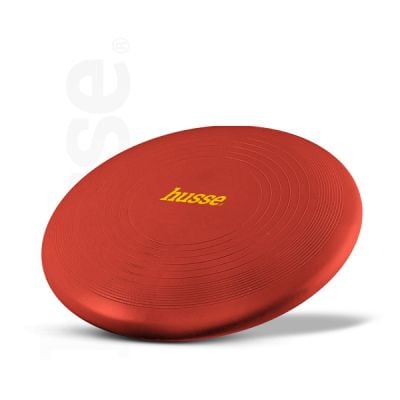
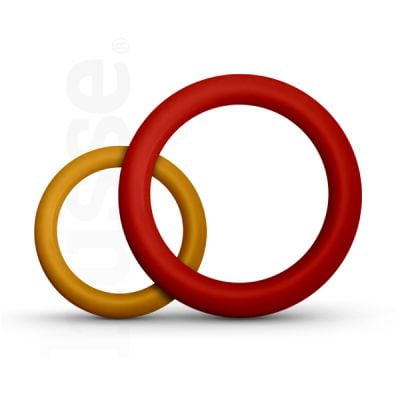
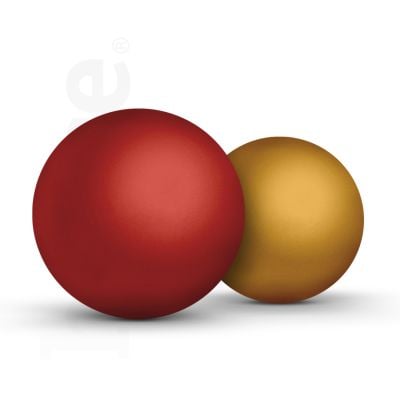
_400x400.jpg)
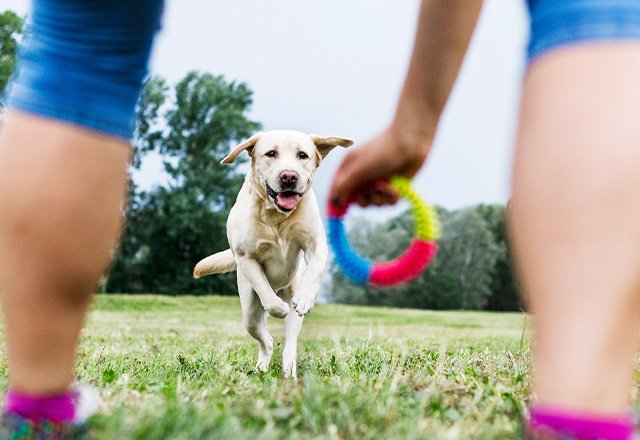
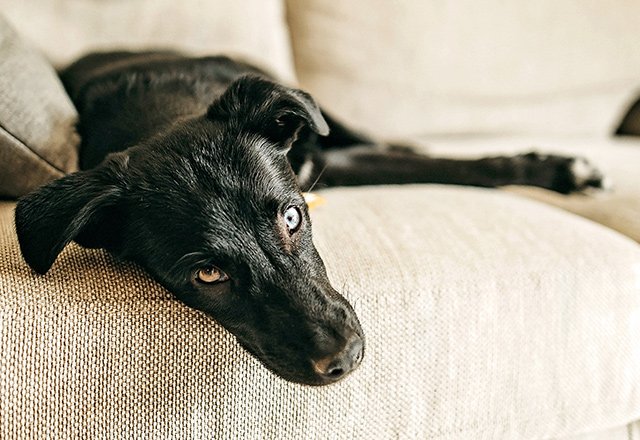
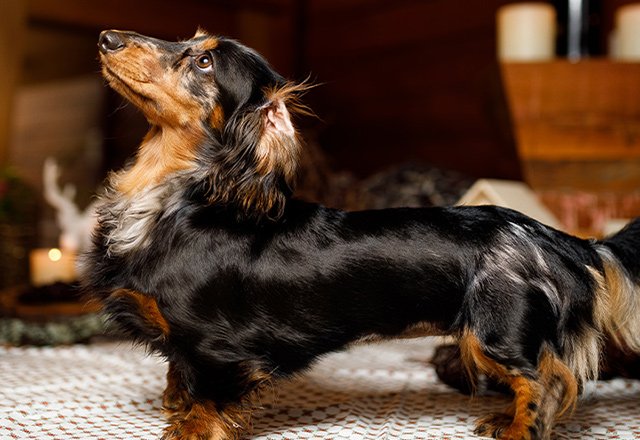

.png)
